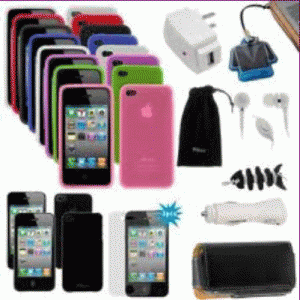What to Do About Early Termination Fees
Navigating Around the Pain
Traditionally businesses have benefited from reduced device costs on new activations. Built into that price reduction is math that ensures you pay for that price break over the term of your contract. Cost recovery is usually based on a 2 year term. If you cancel service on that device prior to the termination of your contract, you get an unpleasant experience of paying an early termination fee.
Most carrier termination fees will start in the $325 – $350 range for iPhones and Smartphones and will range from $175 – $200 for a standard phone. Termination fees typically decline on a straight line basis aimed at expiring shortly before the contract term ends. Businesses have greater flexibility in finding ways to avoid or minimize the ETFs (Early Termination Fees) because they have more lines to juggle in ways that avoids termination fees. Below are some techniques that permit organizations to reduce or eliminate ETFs.
Negotiated Waivers – depending upon the volume of business you provide to your carrier or carriers, you may have sufficient leverage to negotiate a specified number of waivers for ETFs in your contract. These waivers can be used through the course of the year to zero out any ETF fee until you have exceeded the negotiated count.
your contract. These waivers can be used through the course of the year to zero out any ETF fee until you have exceeded the negotiated count.
Using Upgrades Against Zero Use Devices – if your device count is constant or increasing over time you will have the option to convert an unused service line to an upgrade in lieu of activating a new device on another line. Upgrade eligibility usually precedes contract termination by 2-4 months.
Device Reuse – another way to avoid termination fees is to use unneeded devices to fill new orders. Cost-conscious companies can be effective at developing the culture that everyone doesn’t always need the newest model. In particular, when there is a need for a replacement device for a lost or damaged device a cost-effective approach can be one that utilizes unneeded devices that may still be under contract and contain ETFs.
When ETF Is Less Than Monthly Service Cost – for this case, based on a simple calculation, it can be determined if reducing these devices to a minimum plan will be less than paying the ETF. There may come a time when the declining ETF finally reaches a point where it will be less expensive to pay the fee than to pay an accumulating monthly service charge on a device no longer needed. This option may be necessary for organizations that are seeing an overall decline in the number of wireless devices in use.
There is no reason to pay the carriers unnecessary ETF fees, but it will take some planning to make sure the best of the above strategies can be applied. Using a solution like MobilSentry acts as your safety net for avoiding ETF fees.

